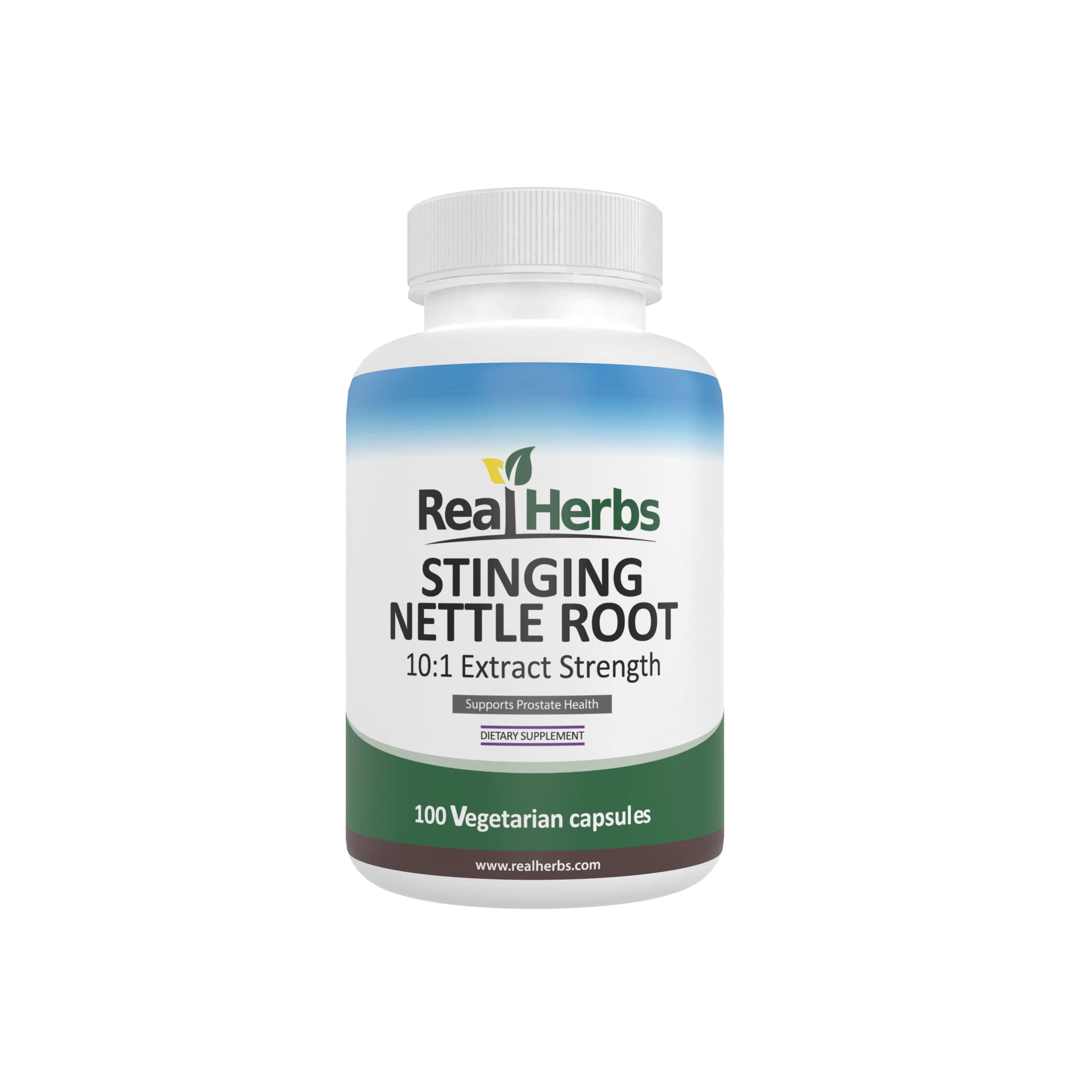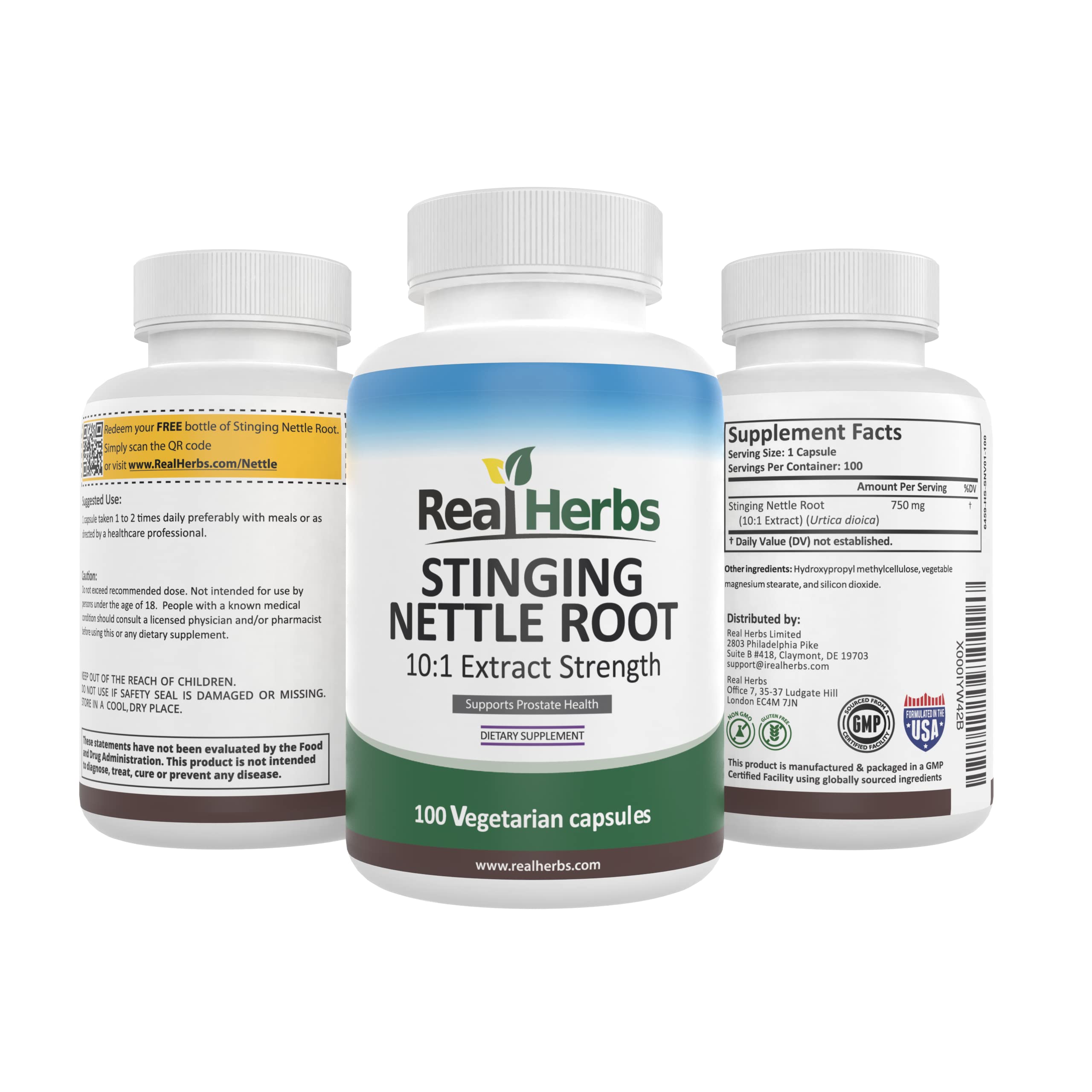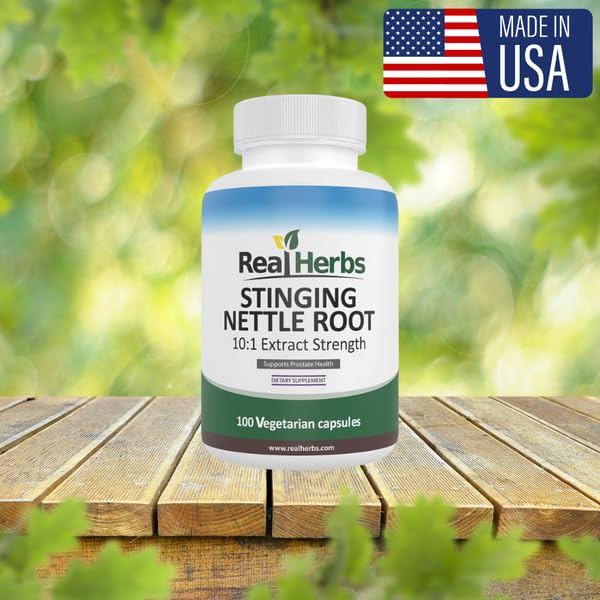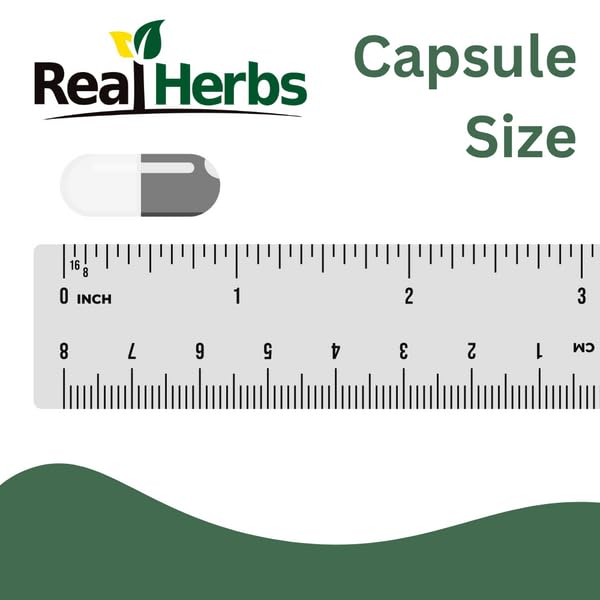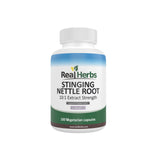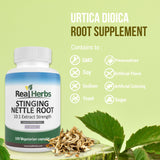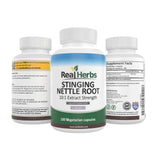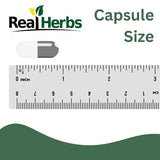Why Does Stinging Nettle Sting?
Why Does Stinging Nettle Sting?
Unraveling the Botanical Defense Mechanism
An essential guide by Jessica Johnson, Herbal Science Researcher at Real Herbs.
The Prickly Mystery of the Potent Plant
Stinging nettle (*Urtica dioica*) is a remarkable herb, celebrated for its wide array of health benefits, from supporting prostate health to offering anti-inflammatory properties. Yet, before anyone can truly appreciate its therapeutic value, they often encounter its most infamous characteristic: the immediate, irritating sting upon contact. This unique defense mechanism is both a marvel of natural engineering and the source of its common name. Understanding **why stinging nettle stings** demystifies this powerful plant and highlights the intricate biological world around us.
This article will delve into the fascinating science behind the stinging sensation. We'll explore the specialized structures on the nettle plant, identify the biochemical irritants responsible, and explain how they combine to create that unforgettable prickling sensation. By unraveling this botanical mystery, we can gain a deeper appreciation for stinging nettle's adaptations and its transition from a formidable wild plant to a valued herbal remedy.

The Stinging Hairs: Nature's Hypodermic Needles
The sting of the nettle comes from specialized structures called **trichomes** or stinging hairs, which cover the leaves and stems of the plant [1, 2]. These are not just ordinary hairs; they are complex, needle-like structures designed for defense.
- Structure: Each stinging hair is essentially a hollow, rigid tube made of silica, similar to glass. It has a swollen base, which acts as a reservoir for irritating fluids, and a brittle tip.
- Mechanism of Impalement: When touched, the fragile, silicified tip of the hair breaks off, creating a sharp, slanted point that can easily penetrate the skin, much like a tiny hypodermic needle. Once embedded, pressure on the hair causes the fluid from the swollen base to be injected into the skin [1, 2].
The Biochemical Cocktail: What Causes the Irritation?
The stinging sensation isn't just from the physical prick; it's primarily caused by a cocktail of biochemical irritants injected into the skin. These compounds trigger an immediate local reaction, designed to deter herbivores.
- Histamine: This compound is a key mediator of allergic reactions and inflammation in the body. When injected, it causes immediate itching, redness, and a burning sensation due to its role in localized inflammation and mast cell involvement [1, 3, 4].
- Acetylcholine: A neurotransmitter that can cause a burning sensation and contribute to the immediate pain response [1].
- Serotonin: Another neurotransmitter present in the stinging hairs, it can also contribute to pain and a localized inflammatory response [1, 3].
- Formic Acid: Although once thought to be the primary culprit (like in ant stings), its role is now considered secondary compared to the other compounds [1].
The combined action of these compounds, delivered directly into the skin, elicits the characteristic stinging, burning, and itching sensation that can last from a few minutes to several hours, depending on individual sensitivity and exposure [1, 3].
The Body's Immediate Reaction: A Defense Response
Upon injection of these irritants, the body's immune system mounts a rapid, localized response. Mast cells in the skin release additional histamine, exacerbating the redness, swelling, and itching in a process known as contact urticaria [3]. This localized inflammation is a direct defense mechanism. The overall mechanisms, while largely understood, continue to be an area of scientific study [4].
Why the Sting? An Evolutionary Advantage
The stinging mechanism is a highly effective evolutionary adaptation. It serves as a potent deterrent against grazing animals and insects, protecting the plant from being eaten. This allows the nettle plant to thrive in environments where other, non-stinging plants might be quickly consumed.
From Sting to Supplement: How Nettle Becomes Beneficial
Despite its formidable defense, humans have learned to harness stinging nettle's therapeutic properties. The key lies in processing. When nettle leaves are dried, cooked, or processed into extracts (for both leaves and roots), the irritating compounds in the stinging hairs are typically denatured or removed. This renders the plant harmless for consumption while preserving its beneficial compounds, which include minerals, vitamins, lignans, sterols, and flavonoids, valuable for various health applications like prostate support and anti-inflammatory effects [1].
Conclusion: Appreciating Nettle's Dual Nature
The answer to "Why does stinging nettle sting?" lies in its intricate biological defense system: hollow, silica-tipped hairs that inject a potent biochemical cocktail of histamine, serotonin, and acetylcholine upon contact. This evolutionary adaptation serves to protect the plant from predators, ensuring its survival.
For humans, understanding this mechanism allows us to respect the plant in its wild form and appreciate the ingenuity of nature. More importantly, it highlights why processed stinging nettle products—whether leaf-based teas or root extracts for prostate health—are safe and beneficial. The sting is a temporary inconvenience that paves the way for a powerful herbal ally, whose therapeutic value is widely recognized and utilized in natural medicine.
Ready to experience the benefits of Stinging Nettle Root, sting-free?
Real Herbs Stinging Nettle Root Extract is meticulously processed to deliver the full range of its therapeutic benefits for prostate health and male vitality, without the sting! Our premium supplements are crafted for purity and efficacy.
Who it helps: Men seeking natural prostate support, optimal testosterone levels, and overall vitality, without worrying about the plant's natural defense.
Why it’s safe/trusted: Manufactured under strict quality controls, Real Herbs prioritizes purity and potency, ensuring you receive a product you can trust for safe and effective use.
All our products are backed by our 100-Day Money-Back Guarantee!
"I love the benefits of nettle, but not the sting! Real Herbs makes it easy and safe to get the good stuff." - Emily C.
"Knowing how much effort goes into making this herb usable makes me appreciate Real Herbs' quality even more." - Thomas G.
Disclaimer: The information provided in this article is for educational purposes only and is not intended as medical advice. Always consult with a qualified healthcare professional before making any decisions about your health or starting any new supplement regimen. These statements have not been evaluated by the Food and Drug Administration. This product is not intended to diagnose, treat, cure, or prevent any disease.
Scientific Credibility & Citations
- Chrubasik JE, Roufogalis BD, Wagner H, Chrubasik S. A comprehensive review on the stinging nettle effect and efficacy profiles. Part II: urticae radix. *Phytomedicine*. 2007 Aug;14(7-8):568-79. PMID: 17509841 (Review)
- Fuentes-Prior P, et al. Mechanism of action of stinging nettles. *Toxins (Basel)*. 2011 Mar;3(3):363-78. PMID: 21396858 (Review)
- Lorenz H, et al. Contact urticaria due to the common stinging nettle (Urtica dioica). *Clin Exp Dermatol*. 2000 Mar;25(2):166-70. PMID: 2025924 (Clinical Study)
- The mechanism of the sting of the common nettle (Urtica urens). *J Physiol*. 1947 Feb 15;106(1):1-12. PMID: 16991774 (Classic Study)

